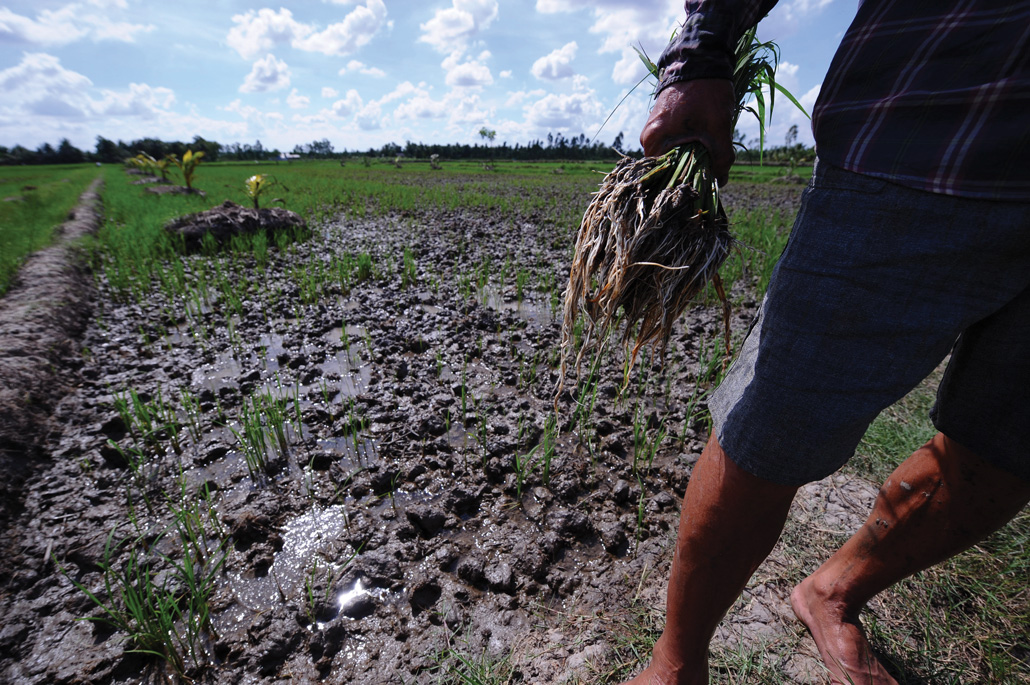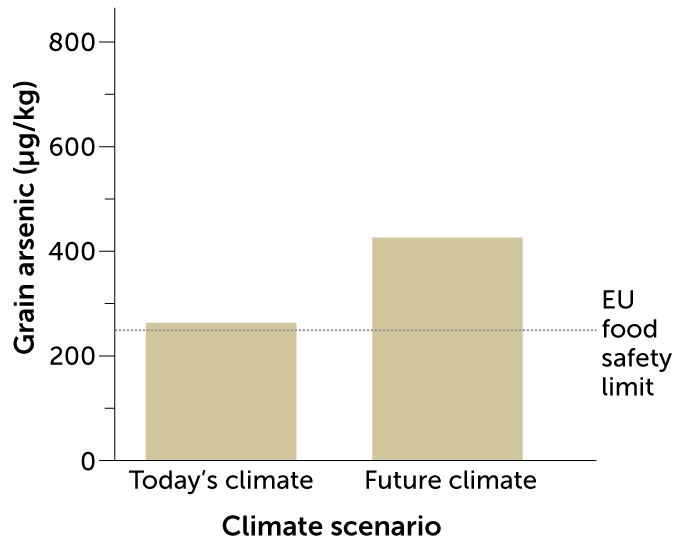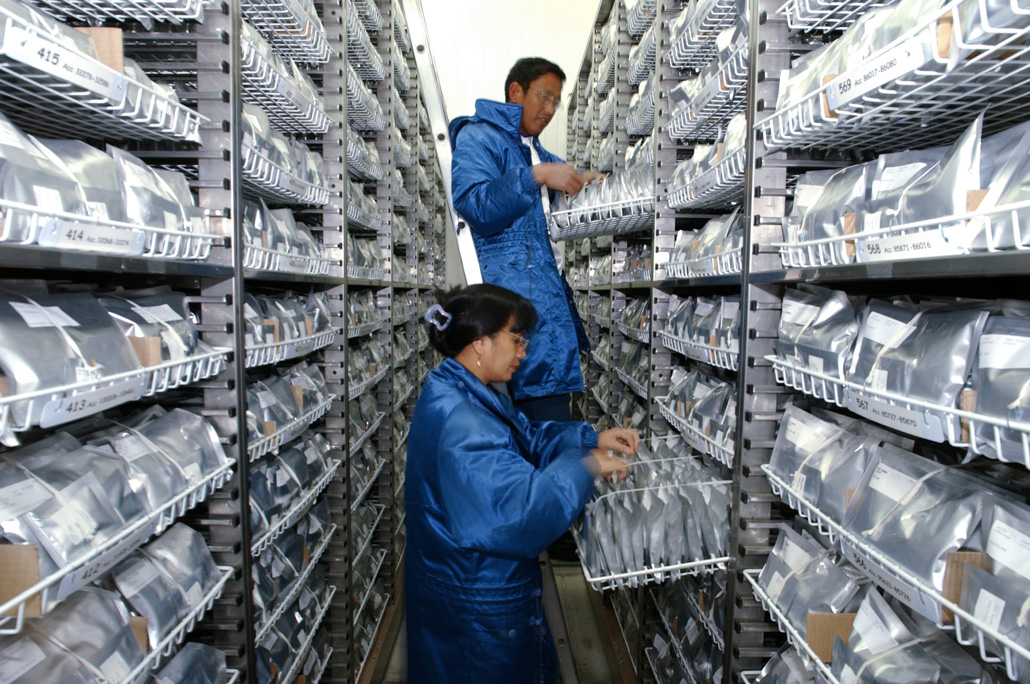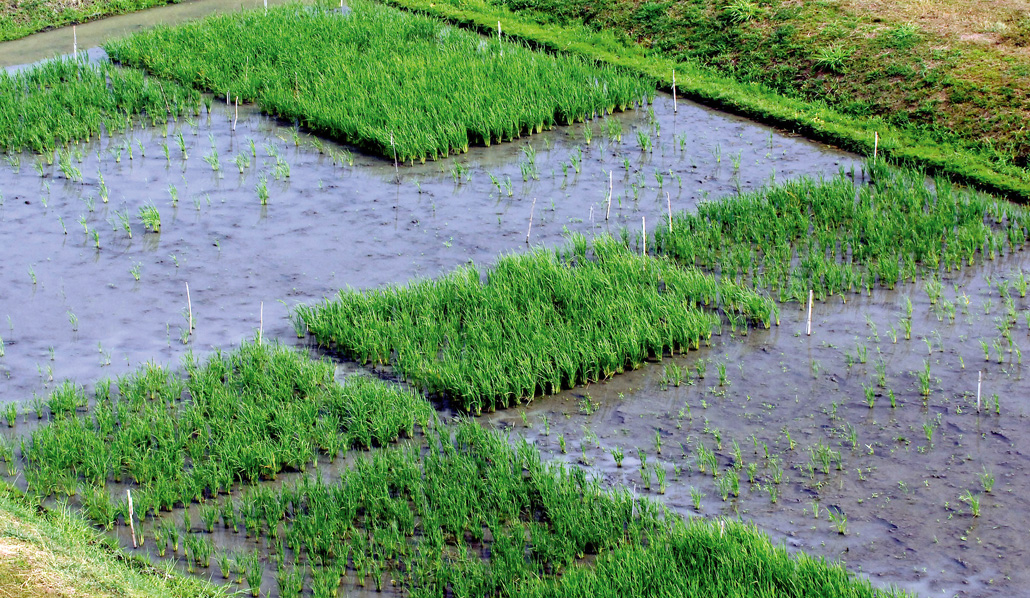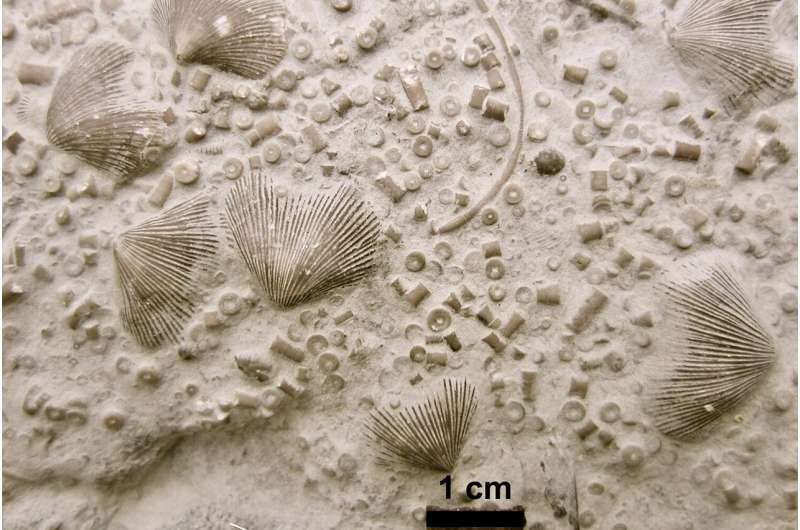How and when will French Church compensate victims of ‘systemic’ child abuse?
Issued on: 07/10/2021 -

Text by: Cyrielle CABOT
France's Catholic Church has asked for "forgiveness" after a devastating report this week laid bare the "systemic" sexual abuse of children by clergymen. But how and when will the tens of thousands of victims be compensated for the abuse they suffered?
The Catholic Church of France was left reeling on Tuesday after an independent commission revealed in a 2,500-page report that members of the clergy had sexually abused around 216,000 children since 1950 – and covered up the abuse with a "veil of silence".
According to the head of the inquiry, Jean-Marc Sauvé, the report by the Independent Commission on Sexual Abuse in the Church (ICSA) proved that "systemic abuse" has been at work within the Church.
The report said the number of victims rose to some 330,000 when taking into account abuses committed by lay members of the Church, such as teachers at Catholic schools.
As well as laying bare the extent of the abuse, the inquiry also suggested a number of avenues to address the victims' yearning for justice and healing, from symbolic measures to financial reparation.
“Some victims mentioned money, but not all,” Sister Véronique Margron, president of the Conference of Religious Men and Women of France (Corref), told FRANCE 24. “Some talked about money in the name of victims they knew, others focused on a symbolic reparation,” she added.
Recognition as first step
“Above all, the victims are demanding an official recognition of the facts by the Church,” said Didier Ferriot, coordinator of the Independent Collective of Victims of Sexual Abuse in the Church. "For some of them, this is even the only thing they want. They are not demanding any specific reparation, other than recognising what they have experienced and their status as victims,” he told FRANCE 24.
Among them is Christian Dubreuil, one of the victims who spoke to the Sauvé inquiry. The former senior civil servant was assaulted by a priest from the Archdiocese of Lyon when aged 11 and 12. "For me, the most important thing is to receive a letter from the Church acknowledging that a sex crime was committed against me," he told AFP.
"Recognising the facts is the first step in the reparation process," said Sister Margron. "This is all the more important that, for many people, the facts are now time-barred and will never be brought before a court," she added.
Report finds 216,000 children were victims of French clergy sex abuse since 1950
01:54
It's a plea Church authorities appear to have headed in the wake of the report's release.
On Wednesday, Pope Francis expressed his personal "shame", inviting French Catholics to "assume their responsibilities to ensure that the Church is a safe home for all".
French bishops have also come forward. The president of the French Bishops’ Conference (CEF), Archbishop Éric de Moulins-Beaufort, asked for “forgiveness” in a statement, expressing his "shame and horror".
Case-by-case approach
The Sauvé report also addressed the thorny issue of financial compensation. It proposed a clear mechanism: victims should be compensated individually, via an independent commission, rather than using worshippers’ donations.
Such a case-by-case approach is essential, said Didier Ferriot. "Some victims, in spite of what they went through, have managed to start a regular life again, working, having a social life [...]. But others have been really damaged, living now in precarious situations or being socially isolated," he explained. “That’s why only an individual approach, on a case-by-case basis, can be applied."
Margron agreed: "Needs differ from one person to the other, and that’s why ‘case-by-case’ is essential."
Who is to pay the bill?
In March 2021, months before the Sauvé report was released, the French Bishops' Conference (CEF) announced it was creating a specific endowment fund to compensate victims. "This will be funded by the bishops, priests and worshippers who wish to contribute," Karine Dalle, deputy secretary general and director of communications at the CEF, told FRANCE 24.
The fund’s first problem was its initial objective: raising 5 million euros – a substantial underestimation given the number of victims. "Today, we may have to think about hundreds of millions of euros", the Archbishop of Strasbourg, Luc Ravel, told French radio France Info following the report's release.
This fund has a second problem. While it officially depends on donations, Sauvé’s ICSA report recommends that all compensation should be financed "from the assets of the aggressors and the Church of France". In other words, it would be up to the dioceses alone to put their hands in their pockets.
“But the Church only lives on donations: they are all our resources,” Karine Dalle, deputy secretary general and director of communications at the CEF, told FRANCE 24. "Not to mention that we don't do what we want with it. According to the law, the donations of the worshippers can only be used for worship purposes. So, we can't just dip into it as we please and fund these compensations. That's exactly why we created [the CEF] fund," she explained.
"This also applies to our real estate: we can't sell a property that was given to us for religious intent, in order to compensate the victims," Dalle added.
The situation is all the more complex when the sum to be collected seems extremely difficult to measure, since many questions remain unanswered: How many victims will come forward? How many will claim compensation? And what amount will they claim?
For its part, the Corref preferred to wait for the Sauvé report before weighing on the issue. "I will propose, at our General Assembly in Lourdes in early November, that the institution which the aggressor belongs to should be responsible for compensating the victim," Sister Margron announced.
A memorial dedicated to the victims?
While the issue of financial compensation remains at the heart of the question, more symbolic projects have also been put forward by victims' associations, including public ceremonies, liturgical celebrations and a memorial.
"For several months now, we have been thinking about the creation of a memorial with the associations," said Sister Margron. "For the moment, the project is only in its early stages. There has been talk of a work of art, or a venue for exhibitions and conferences... Perhaps in Lourdes: nothing has been decided yet," she added.
Some pushed the idea of organising ceremonies or masses, but the president of the Congregation is sceptical. "The Catholic Church knows very well how to organise a big mass: it's almost too easy," Sister Margron quipped. "It is very important to organise a collective event. But it has to be well thought out and, above all, it should not be the only measure," she explained.
"But the reparation process will only be complete once the Church will have carried out a profound overhaul of its working system, and when the victims will be assured that these events will never occur again," she insisted."To do this, we need to rethink ecclesiastic training, the question of the secrecy of confession, think about the coordination with justice and even about the theology itself. This can only be done in the long run".
Such topics will be high on the agenda of both the Corref and the French Bishops' Conference ahead of their respective gatherings in Lourdes in November.
"The victims don't want words anymore, they want concrete steps and tangible actions", Didier Ferriot summed up, before adding: "And the first thing to do will be to study this report, and approve its many recommendations."
This article was adapted from the original in French by Henrique Valadares.
Issued on: 07/10/2021 -

Text by: NEWS WIRES|
France’s top bishop has been summoned by the interior minister after saying that the pact of secrecy would prevent a priest from reporting sex crimes against children that were revealed during Catholic confession.
Following the publication of a report this week about sexual abuse of children by the clergy, Eric de Moulins-Beaufort, who is archbishop of Reims and head of the Bishops’ Conference of France, said in a radio interview that the secrecy of the confession rite takes precedence over the laws of the republic.
Under French law, anyone who is aware of a sex crime against a minor is obliged to report it to the authorities and risks heavy fines and imprisonment if failing to do so.
“Nothing takes precedence over the laws of the republic in our country,” French government spokesman Gabriel Attal said on Thursday.
He added that Interior Minister Gerald Darmanin – who also oversees religious issues – would receive de Moulins-Beaufort next week at the request of President Emmanuel Macron “in order to make sure that things are clear”.
In the Catholic religion, confession is a rite during which sinners acknowledge their sins to a priest and seek forgiveness from God. It is usually performed anonymously in a confession booth, behind a screen, so that the priest can hear but not see the penitent.
“Confession must remain secret because it opens a space where one can speak freely... before God,” de Moulins-Beaufort said on franceinfo radio.
De Moulins-Beaufort said it was unlikely that many pedophiles would admit to their crimes during confession and that even if they did, it would be in euphemistic terms.
He added that when children indicate during confession that they are being abused, the church must look for other ways to help them speak out. “Many children only speak during confession because they know it is secret,” he said.
(REUTERS)




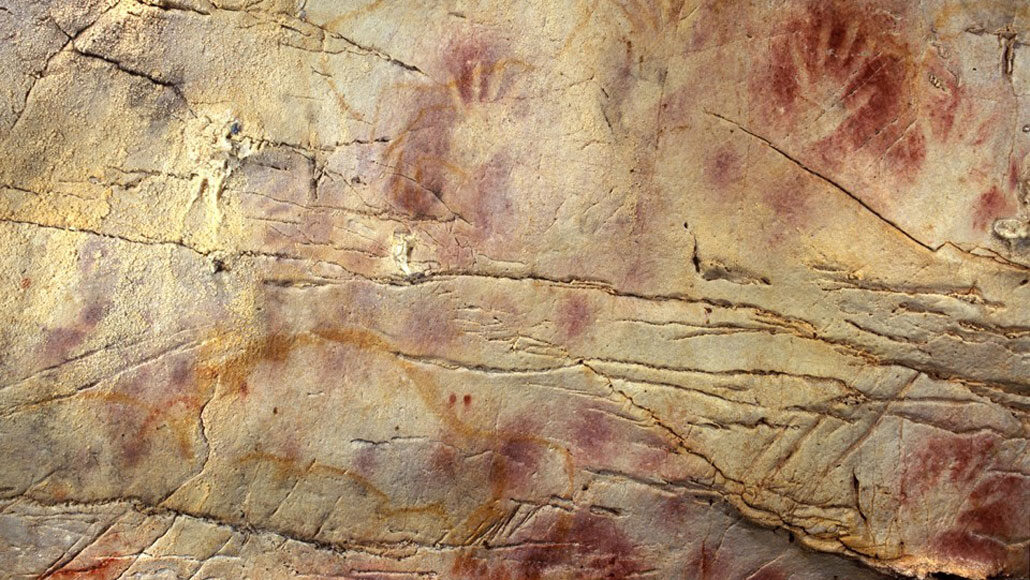
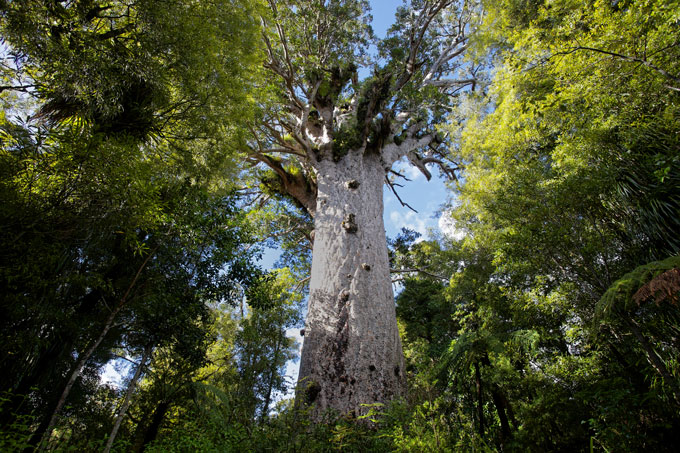

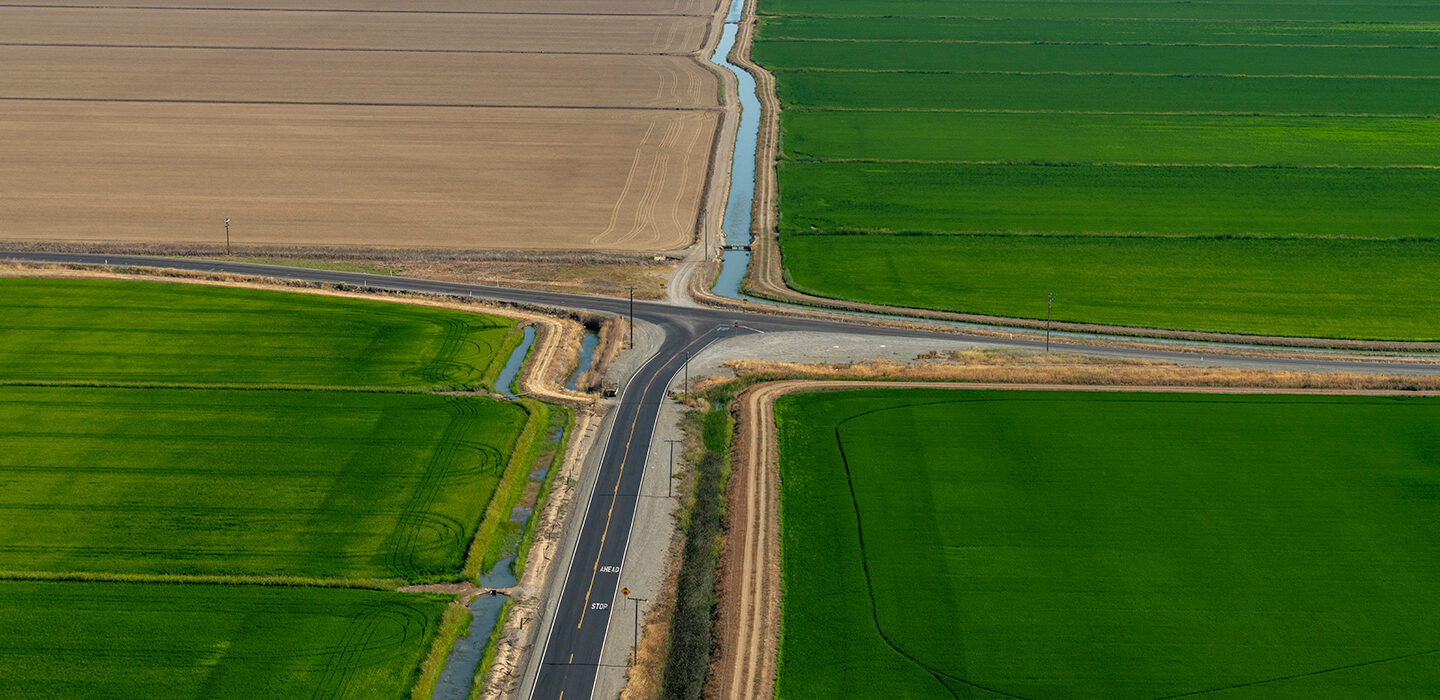
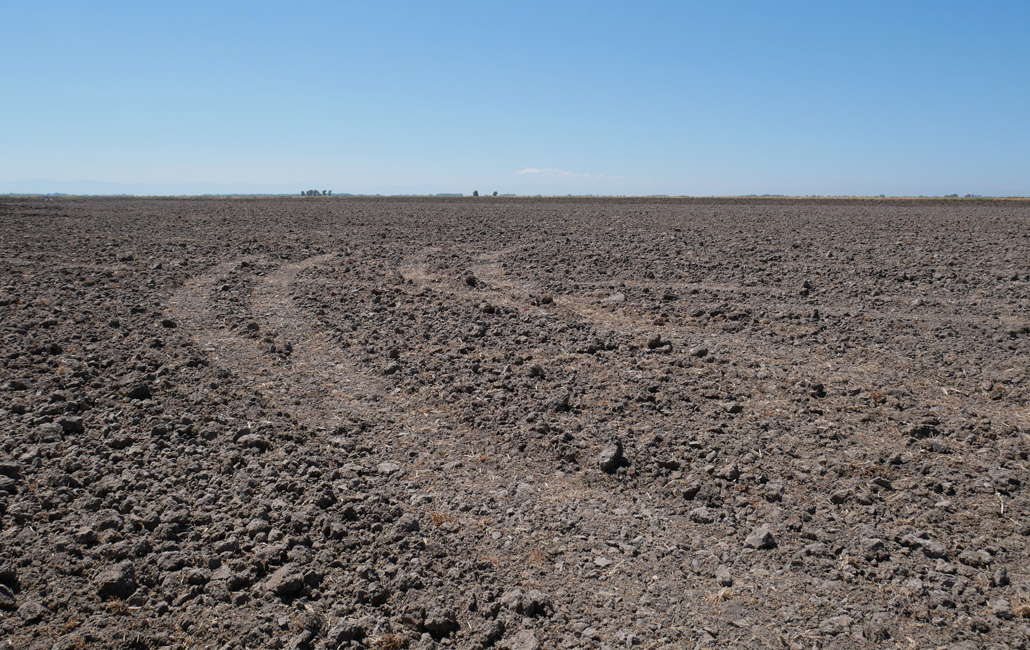
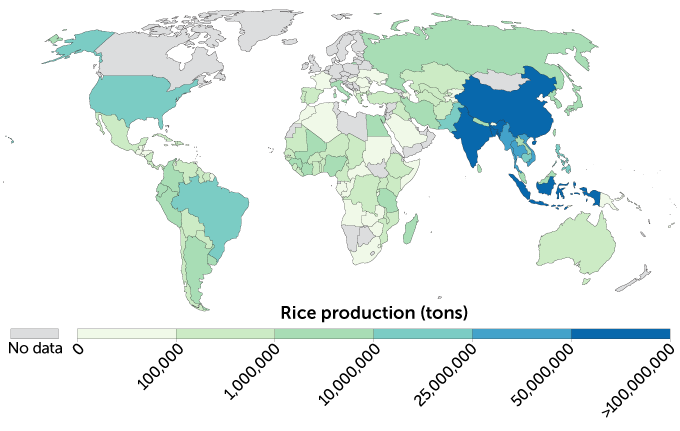 OURWORLDINDATA.ORG
OURWORLDINDATA.ORG